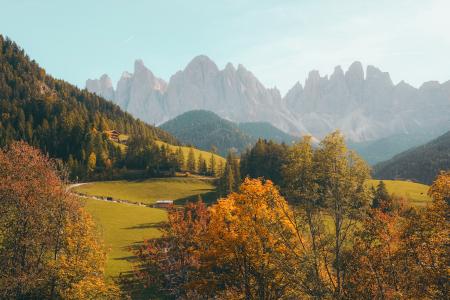
Learn about a pioneering new public dataset that measures changes in terrestrial carbon stocks, shows how stocks have changed over the last 20 years, and what this means for our future.
To slow the climate emergency, we must transition away from fossil fuels rapidly and remove carbon from the atmosphere. Nature-based solutions from forest protection to reforestation and grassland management offer a critical climate solution. However, questions remain, including:
• Can nature-based solutions absorb emissions at scale?
• Can we systematically verify their integrity and reliability in remote locations?
• How much carbon does a particular landscape absorb from the atmosphere?
• Does the sequestration last?
• Which countries and locations are making the biggest contribution, and which ones are losing out?
The webinar launches a pioneering new public dataset, called The Chloris Biomass Map, which provides answers to these questions. The map covers the entire planet and will be freely available under a commons license for non-commercial purposes. It shows estimates of carbon stock and change in aboveground biomass for Earth's terrestrial aboveground woody vegetation ecosystems. And the data is unique. Unlike estimates based on land use or land cover change, it uses a fusion of space-born sensors and machine learning to directly measure the growth and degradation of biomass. Current data spans the period 2003 - 2019, at annual time steps.
Join the webinar and learn:
• Why the dataset is critical for measuring the value of nature-based solutions
• How the dataset works
• About recent case studies from Europe and China
• How businesses, investors and institutions can take advantage of the data